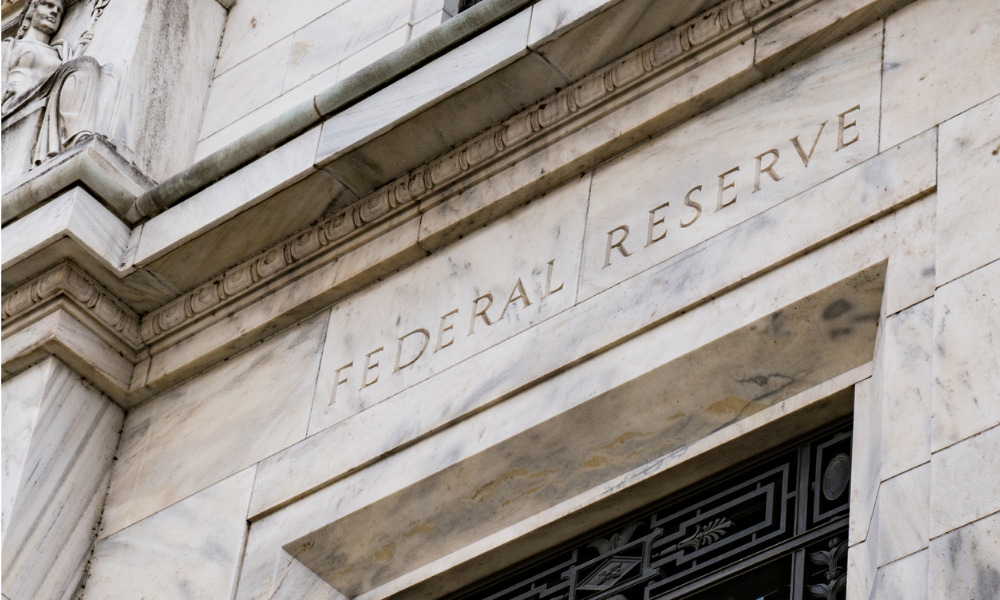

Economists are starting to think the Federal Reserve is keeping money a little too tight.
That’s the takeaway from results of a National Association for Business Economics poll published Monday, which showed 21% of respondents considered the US central bank’s current monetary policy stance to be “too restrictive” — the most since 2011.
The results, published ahead of NABE’s annual economic policy conference this week in Washington, were collected between Jan. 23-30, just before the Fed’s most recent policy meeting on Jan. 30-31.
Fed officials raised their benchmark interest rate by more than five percentage points between March 2022 and July of last year, in the fastest tightening cycle since the early 1980s. Inflation receded quickly in the second half of 2023, priming expectations in financial markets that the central bank would start reducing rates early in 2024.
At the January meeting, Fed Chair Jerome Powell and his colleagues voted to leave the benchmark unchanged and signal that the next gathering in March would be an unlikely starting point for rate cuts. Investors are currently betting that easing will begin in May.
Powell cited robust economic growth and a strong job market as reasons why the Fed could take its time before beginning to undo the tightening measures. A monthly employment report published on Feb. 2 showed job creation was much higher than expected to start the year, and job growth in 2023 was also revised higher.

Eliseo Prisno, a former Merrill advisor, allegedly collected unapproved fees from Filipino clients by secretly accessing their accounts at two separate brokerages.

The Harford, Connecticut-based RIA is expanding into a new market in the mid-Atlantic region while crossing another billion-dollar milestone.

The Wall Street giant's global wealth head says affluent clients are shifting away from America amid growing fallout from President Donald Trump's hardline politics.

Chief economists, advisors, and chief investment officers share their reactions to the June US employment report.

"This shouldn’t be hard to ban, but neither party will do it. So offensive to the people they serve," RIA titan Peter Mallouk said in a post that referenced Nancy Pelosi's reported stock gains.
Orion's Tom Wilson on delivering coordinated, high-touch service in a world where returns alone no longer set you apart.
Barely a decade old, registered index-linked annuities have quickly surged in popularity, thanks to their unique blend of protection and growth potential—an appealing option for investors looking to chart a steadier course through today's choppy market waters, says Myles Lambert, Brighthouse Financial.
